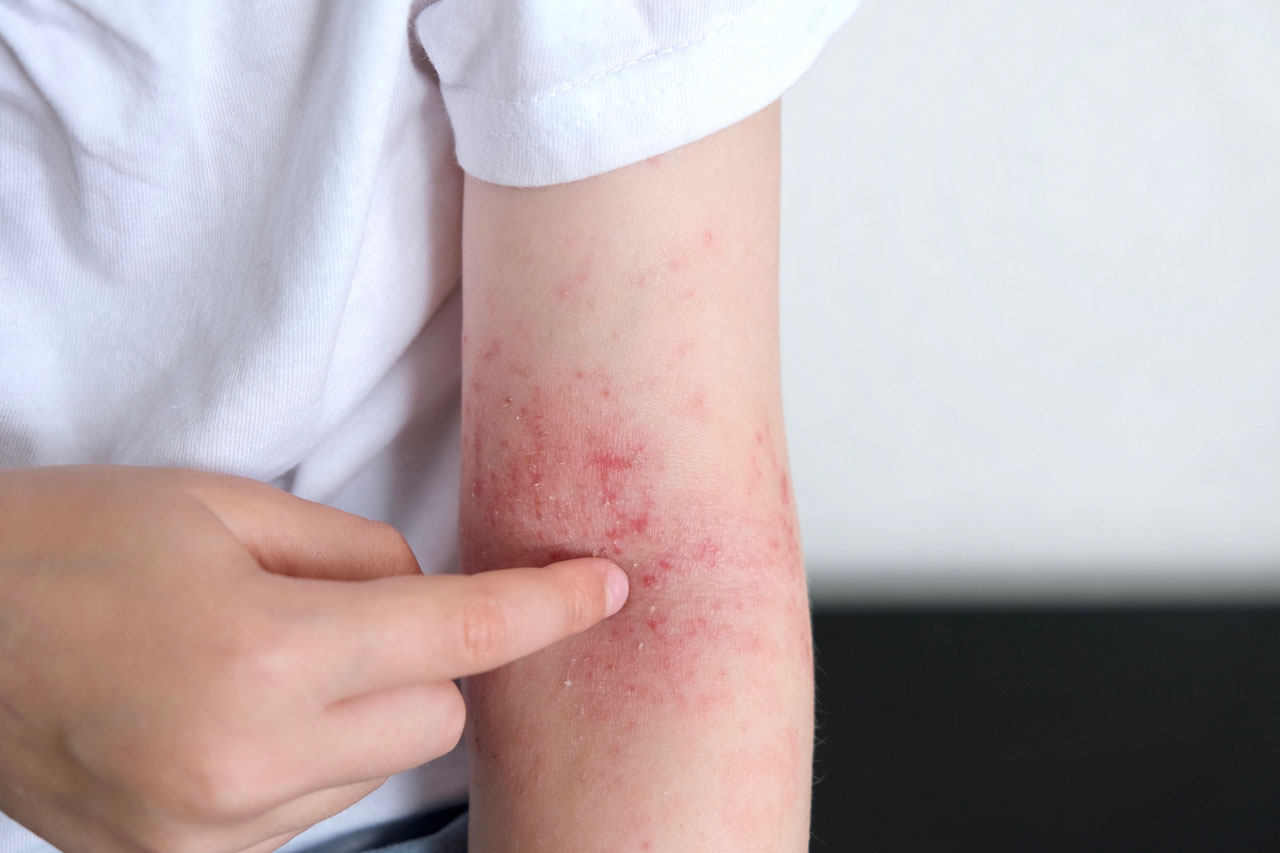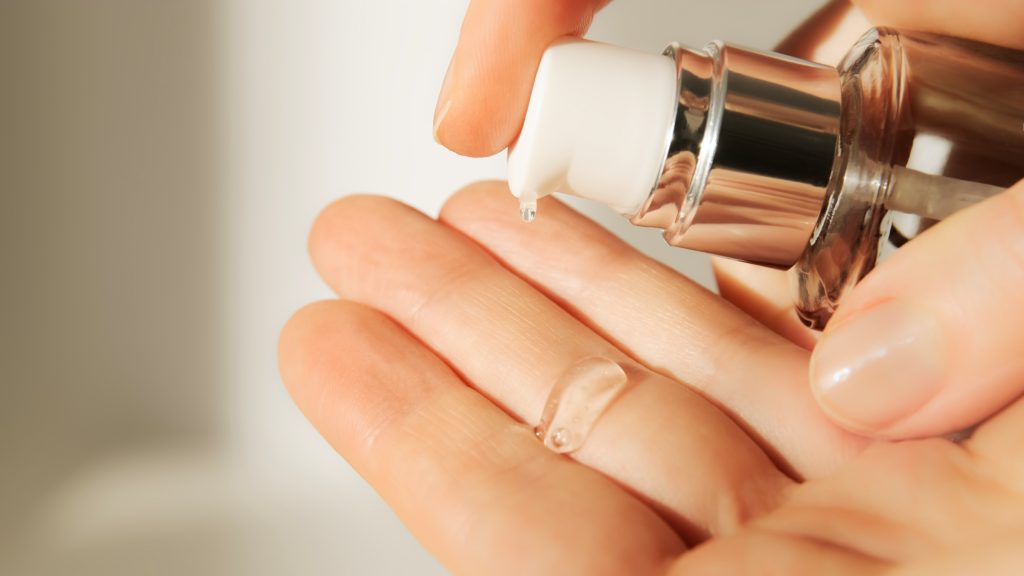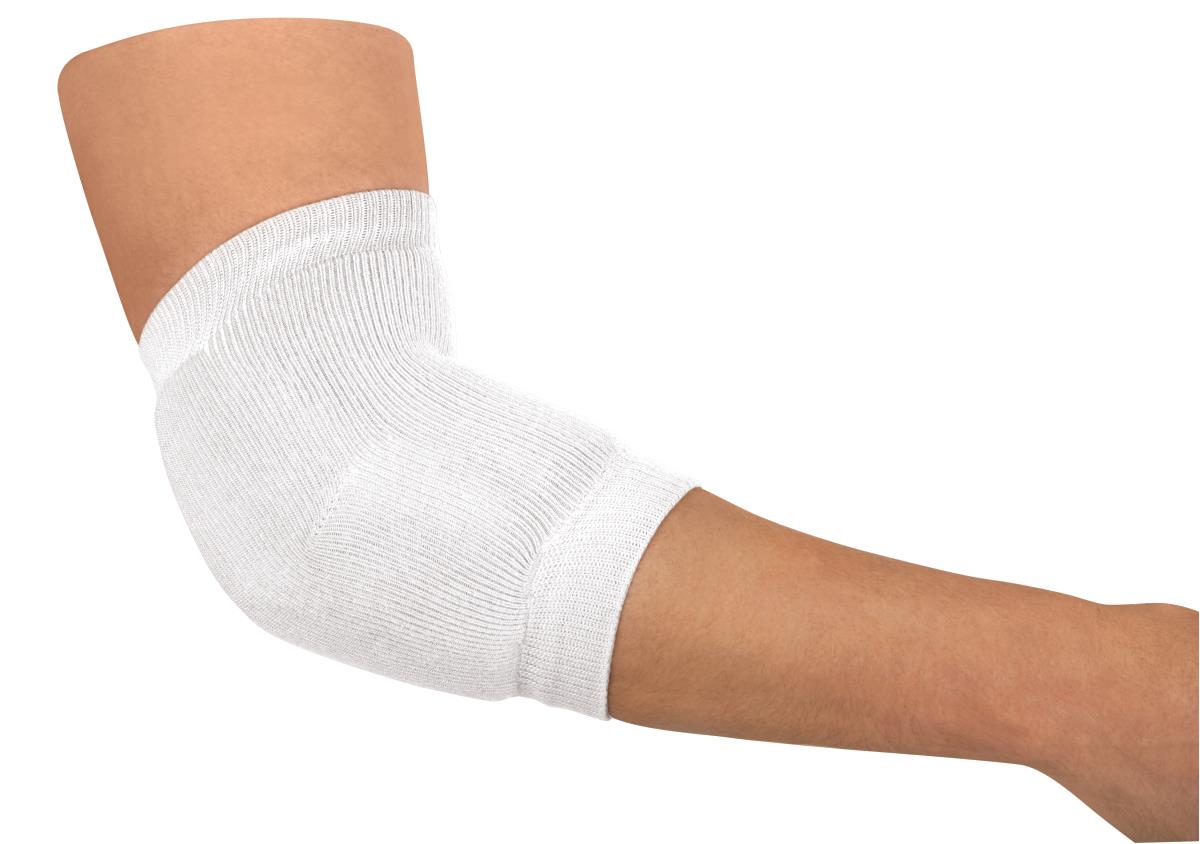It began with a mild itch on my elbow. I brushed against what felt like a small crusty patch, and without much thought, I scratched it off. Almost instantly, I regretted the decision. That small bump quickly turned red and irritated. What had seemed harmless suddenly raised questions. Was it just dry skin—or something worse?
I wasn’t the only one to experience this. Thousands search the web every day for answers about crusty elbow bumps. If you’re one of them, here’s everything I learned, told from experience and backed by research.
What’s That Crusty Bump?
The first step is figuring out what the bump actually is. The skin on your elbow is prone to several kinds of growths or lesions—some minor, others potentially serious.
Warts
Warts are a common cause. They’re small, grainy growths caused by the human papillomavirus (HPV). While most often found on the hands or feet, they can appear on the elbows too. Warts are rough to the touch and often contain tiny black dots, which are actually clotted blood vessels. Though generally harmless, they’re contagious and can spread via contact or shared objects.

Bursitis
If the bump is soft and fluid-filled, it could be olecranon bursitis. This condition occurs when the bursa—a small fluid-filled sac at the tip of your elbow—becomes inflamed due to pressure, trauma, or infection. It may feel squishy and grow larger over time, sometimes accompanied by redness and tenderness.
Cysts or Lipomas
Another possibility is a sebaceous cyst or a lipoma. These are both benign growths. Cysts may feel firm and sit just under the skin, while lipomas are soft and movable. They generally don’t hurt unless inflamed or infected.
Eczema or Psoriasis
If the patch is crusty, itchy, or inflamed, you might be dealing with a skin condition like eczema or psoriasis. Psoriasis tends to form silvery plaques on the elbows, while eczema causes red, itchy patches. Both conditions worsen with scratching and benefit from specific treatments—not generic wart removers.

Should You Remove It Yourself?
Scratching, picking, or trying to pop or cut the bump is strongly discouraged. Many people make the mistake of using sharp tools, vinegar, or other hacks to remove skin growths at home. The risks include:
- Infection from broken skin
- Scarring
- Spreading viral warts to other areas
- Misdiagnosing a potentially serious condition like skin cancer
Doctors advise against at-home removal unless the bump is positively identified as a simple wart and is not painful, bleeding, or rapidly changing.
What About Home Remedies?
A lot of viral hacks promise quick fixes using kitchen ingredients. Apple cider vinegar, duct tape, banana peels, and garlic are commonly mentioned. But how effective are they?
Apple Cider Vinegar
While its acidity might seem promising, it can burn healthy skin and cause irritation. There is little scientific proof supporting it as a safe or effective wart treatment.
Salicylic Acid
This is one of the few home treatments backed by research. Available over the counter, it helps dissolve the wart over time when applied consistently. However, it requires patience—results may take several weeks or more.

Duct Tape
Covering the wart with duct tape may trigger the body’s immune response, encouraging the wart to die off. Some people report success, while others don’t notice much difference.
The bottom line: if you try home remedies, monitor the bump closely. Stop treatment if you see signs of irritation, swelling, or infection.
When Should You See a Doctor?
If your bump has any of the following characteristics, schedule an appointment with a healthcare provider:
- It’s growing rapidly
- It’s painful or tender
- It’s bleeding, oozing, or crusting over
- It changes shape or color
- You have a history of skin cancer or a weakened immune system
- Home remedies have failed after several weeks
A medical professional can diagnose the bump accurately and recommend the most effective treatment. In some cases, a biopsy may be needed.

Professional Treatment Options
If over-the-counter or home treatments don’t work, doctors offer several proven therapies:
Cryotherapy
This involves freezing the wart with liquid nitrogen. It’s quick and commonly used for stubborn warts. A blister forms and the tissue falls off in a week or two.
Electrosurgery and Curettage
This technique burns the wart with electric current before scraping it off. It’s often used for larger or resistant warts.
Laser Treatment
Laser therapy can destroy wart tissue using intense light. It may require several sessions and is usually more expensive.
These treatments are more reliable than home remedies and usually deliver results faster, although they may come with mild side effects like pain, blistering, or pigment changes.
How to Prevent Future Elbow Bumps
Prevention starts with understanding what causes these bumps and minimizing risk factors.

- Don’t pick at skin growths
- Avoid sharing towels, razors, or clothing
- Moisturize elbows regularly to avoid cracked skin
- Avoid resting elbows on hard surfaces for long periods
- Wear protective pads if needed
- Maintain a strong immune system through sleep, exercise, and healthy food
If you’ve had warts before, take extra care. Once infected with HPV, the virus can remain dormant and return if your immunity dips.
What I Learned
In hindsight, scratching that crusty bump was the worst thing I could’ve done. I irritated it, risked infection, and prolonged the healing process. Eventually, a doctor diagnosed it as a common wart and treated it with cryotherapy. It healed within two weeks.
The lesson? Don’t jump to conclusions. Treating something incorrectly—or too aggressively—can make things worse. If you’re unsure, don’t Google and guess. Get it checked out.
Sources
- Mayo Clinic – Common Warts: Symptoms and Causes
- Cleveland Clinic – Bursitis
- Healthline – Eczema vs. Psoriasis
- National Institutes of Health – Skin Lesion Treatments
- Healthline – Wart Removal Options
- Mayo Clinic – Skin Cancer Warning Signs